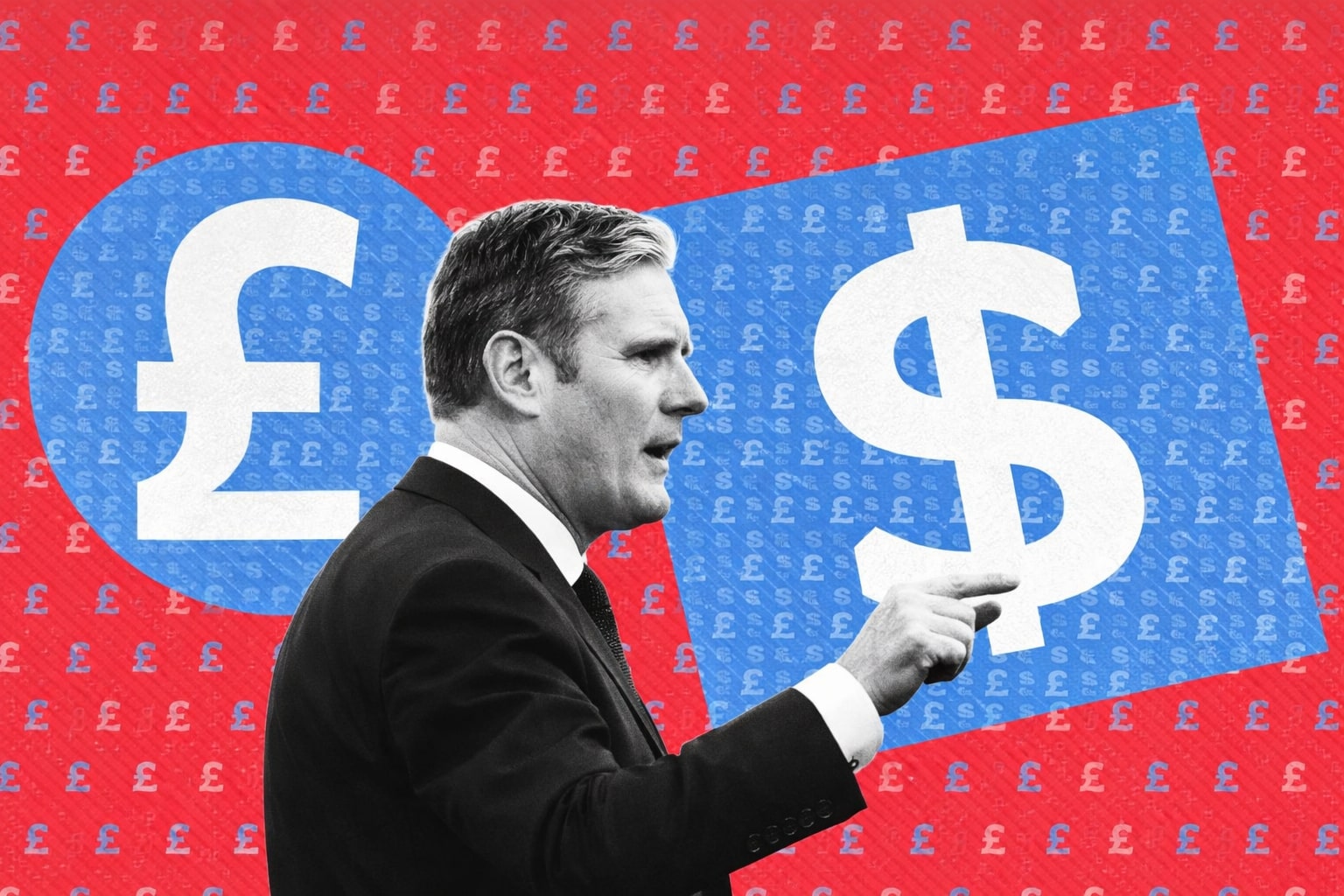What Is Forex Trading
Master the Art of Forex Trading: A Comprehensive Guide to Currency Exchange
Foreign exchange trading, or forex trading, is a dynamic market where traders purchase and sell currencies to make money from changing exchange prices. Trading in forex involves buying one currency and selling another, taking advantage of the ongoing changes in supply and demand, much like exchanging money when traveling.
As a decentralized over-the-counter (OTC) market, the forex market is open 24 hours a day, seven days a week, from Monday through Friday. There is no physical exchange like in stock markets, and trading is done electronically through a network of international banks and financial organizations. The greatest financial need in the world is made possible by this market structure, which guarantees high liquidity and facilitates frictionless trade.
Forex trading is the basis of predicting the value of one currency relative to another. Most forex trading is done on margin, which requires traders to put up a small amount of collateral as a proportion of the full trade value. This makes it possible for traders to manage more enormous holdings with comparatively modest outlays of capital.
Extensive learning, investigation, and monitoring are necessary for forex trading. Before putting your money at risk, getting independent advice from qualified financial advisers is advisable. Furthermore, without owning the underlying asset, contracts for difference (CFDs) offer an additional method for speculating on changes in foreign exchange rates. CFDs allow traders to leverage their positions, increasing both potential gains and losses.
Institutional traders, including banks, investment managers, and multinational organizations, dominate the forex market. These experts trade currencies for a variety of reasons, such as speculation and hedging against potential exchange rate volatility. They frequently use their knowledge to make wise trading selections rather than trying to acquire the currencies physically.
Like stock ticker symbols, three-letter identifiers are used in the forex market to identify currencies. Even though there are more than 170 different currencies in use today, the U.S. dollar (USD) is the one that is most frequently traded, followed by the euro (EUR), the Japanese yen (JPY), the British pound (GBP), the Australian dollar (AUD), the Canadian dollar (CAD), the Swiss franc (CHF), and the New Zealand dollar (NZD).
Currency pairings, which reflect the exchange rate between two currencies, are used in forex trading. About 75% of all forex trading activity comprises the "majors," or the significant currency pairs. They include the EUR/USD, USD/JPY, GBP/USD, AUD/USD, USD/CAD, USD/CHF, and NZD/USD exchange rates. To comprehend forex market data, understanding currency pairs is crucial.
How To Trade Forex?
Click Here To Learn How To Start?
A currency pair's exchange rate shows how much of the quoted currency is needed to purchase one unit of the base currency. If the EUR/USD exchange rate, for instance, is 1, then 1 euro can buy 1.2 U.S. dollars. The relative strength or weakness of the base currency compared to the quote currency is reflected in changes in exchange rates.
Similar to stock trading, forex trading primarily focuses on speculation and hedging. By purchasing or selling currencies they anticipate will appreciate, traders hope to make a profit.
There are three main ways to trade forex:
Spot Market , Forward Market and Futures Market
-
Spot Market: This is the primary forex market where currency pairs are exchanged in real-time based on supply and demand.
-
Forward Market: Traders can enter into binding contracts with other traders to lock in exchange rates for future currency transactions.
-
Futures Market: Standardized contracts are available for buying or selling a specific amount of currency at a predetermined exchange rate on a future date. Futures trading occurs on exchanges.
What Are The Basic Terms Of Forex?
Those are the main terms that traders should be familiar with in Forex trading:Currency Pair , Pip , Bid-Ask Spread , Lot , Leverage and Margin
- Currency Pair: All forex trades involve a currency pair, such as EUR/USD or GBP/USD.
- Pip: A pip represents the smallest possible price change in a currency pair. It is usually a one-digit movement in the fourth decimal place.
- Bid-Ask Spread: The bid-ask spread refers to the difference between the buying price (bid) and selling price (ask) of a currency pair.
- Lot: A lot is a standardized unit of currency used for forex trading. The typical lot size is 100,000 units of the base currency, but smaller lots, such as micro (1,000) and mini (10,000), are also available.
- Leverage: Leverage allows traders to participate in the forex market with a smaller upfront investment. It involves borrowing money to amplify trading positions.
- Margin: Margin refers to the initial deposit required to open and maintain a leveraged position in forex trading.
Click Here For The Full List Of Forex Terms
Several factors influence the forex market. Central bank policies, interest rates, economic growth rates, and political environments all impact currency demand and supply. Forex traders need to stay informed about these macro forces that can cause significant price movements in currencies.
Forex trading carries inherent risks due to leverage and margin usage. While leverage can magnify profits, it can also amplify losses, potentially exceeding the initial investment. Currency prices fluctuate constantly, and transaction costs can add up, affecting the overall profitability of trades.
It is important to note that forex trading is predominantly conducted by skilled professionals and institutional traders. Retail traders, who make up a small percentage of the global market, often struggle to turn a consistent profit. Potential investors should be cautious and aware of the risks involved. The Securities and Exchange Commission advises against potential fraud and emphasizes the need for education and careful decision-making.
Although individual investors may not actively engage in forex trading, the dynamics of the forex market have broader implications for the average consumer. Exchange rates set by the forex market affect the cost of imports, exports, and international travel. Changes in currency values can impact purchasing power and influence the prices of goods and services. It is prudent for consumers planning significant purchases or international travel to monitor exchange rates in the forex market.
In conclusion, forex trading is a global market where currencies are bought and sold based on their relative values. Traders aim to profit from exchange rate fluctuations by engaging in speculation and hedging. Understanding currency pairs, market hours, and trading terminology is crucial for successful forex trading. While the forex market offers opportunities for profit, it also carries risks, and caution is advised for individual investors.
Read More
-
AMD Stock Price Forecast - AMD at $223: AI GPU Ramp, CES 2026 Catalysts and the Next Move for NASDAQ:AMD
03.01.2026 · TradingNEWS ArchiveStocks
-
XRP Price Forecast - XRP-USD Near $2 as Whales Add $3.6B and ETF Inflows Top $1.18B
03.01.2026 · TradingNEWS ArchiveCrypto
-
Oil Price Forecast: Oil Near $60 Weigh Venezuela Shock Against 3.8M bpd Glut
03.01.2026 · TradingNEWS ArchiveCommodities
-
Stock Market Today - Wall Street Opens 2026; Dow 48,382, S&P 6,858 on Chip Rally, Gold Boom and Bitcoin $90K
03.01.2026 · TradingNEWS ArchiveMarkets
-
GBP/USD Price Forecast - Pound Tests 1.35 as BoE Caution Meets Soft US Dollar
03.01.2026 · TradingNEWS ArchiveForex


















